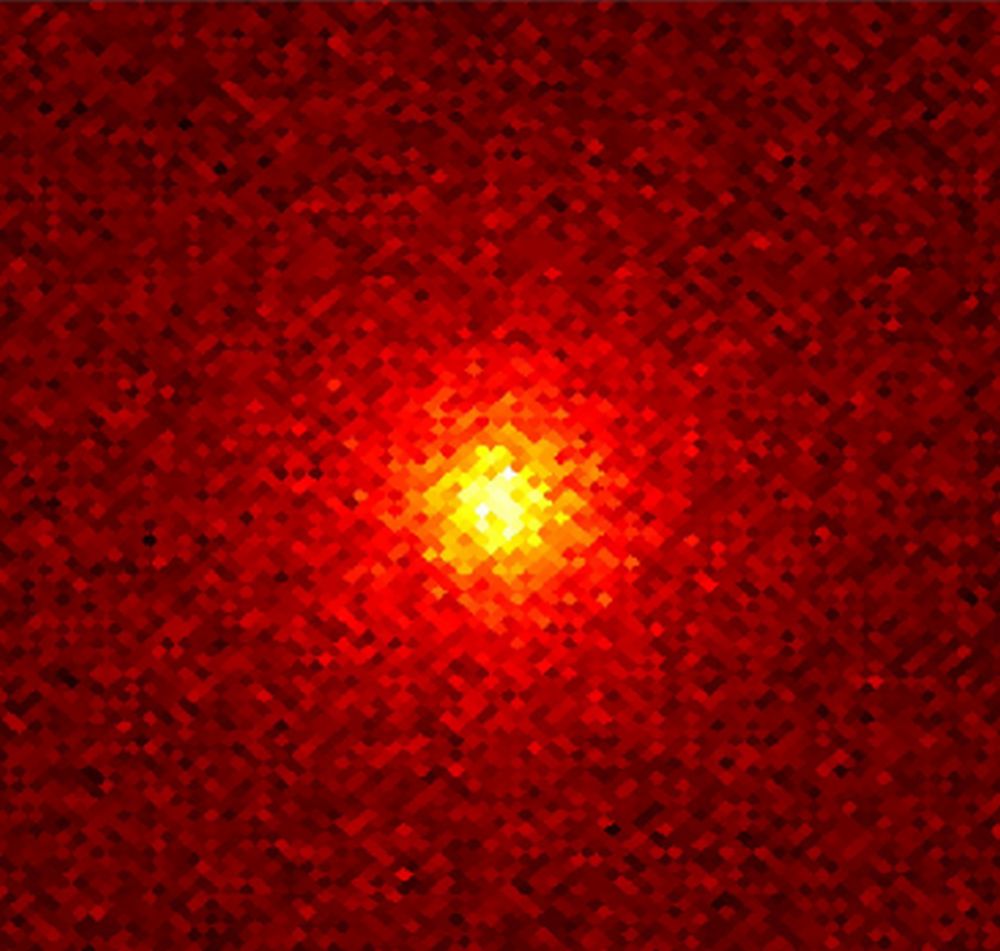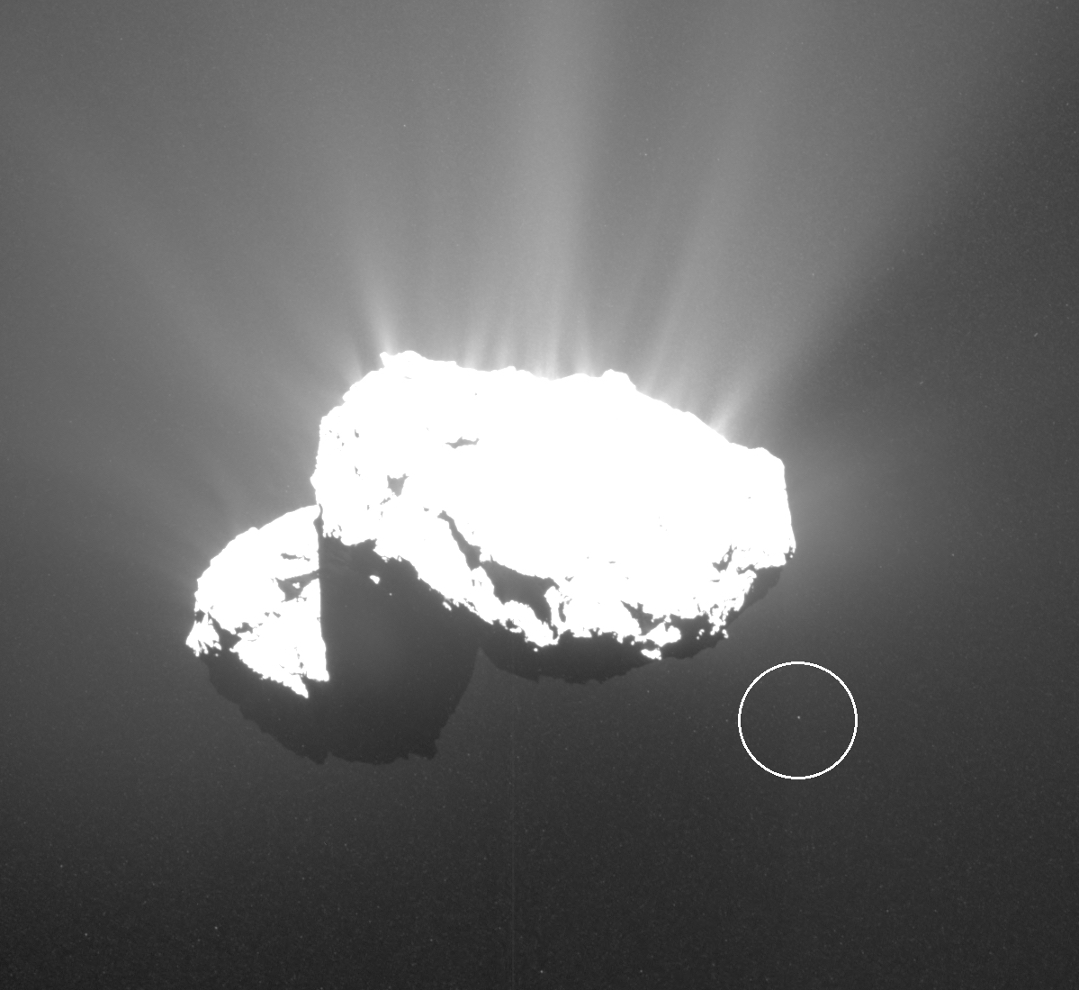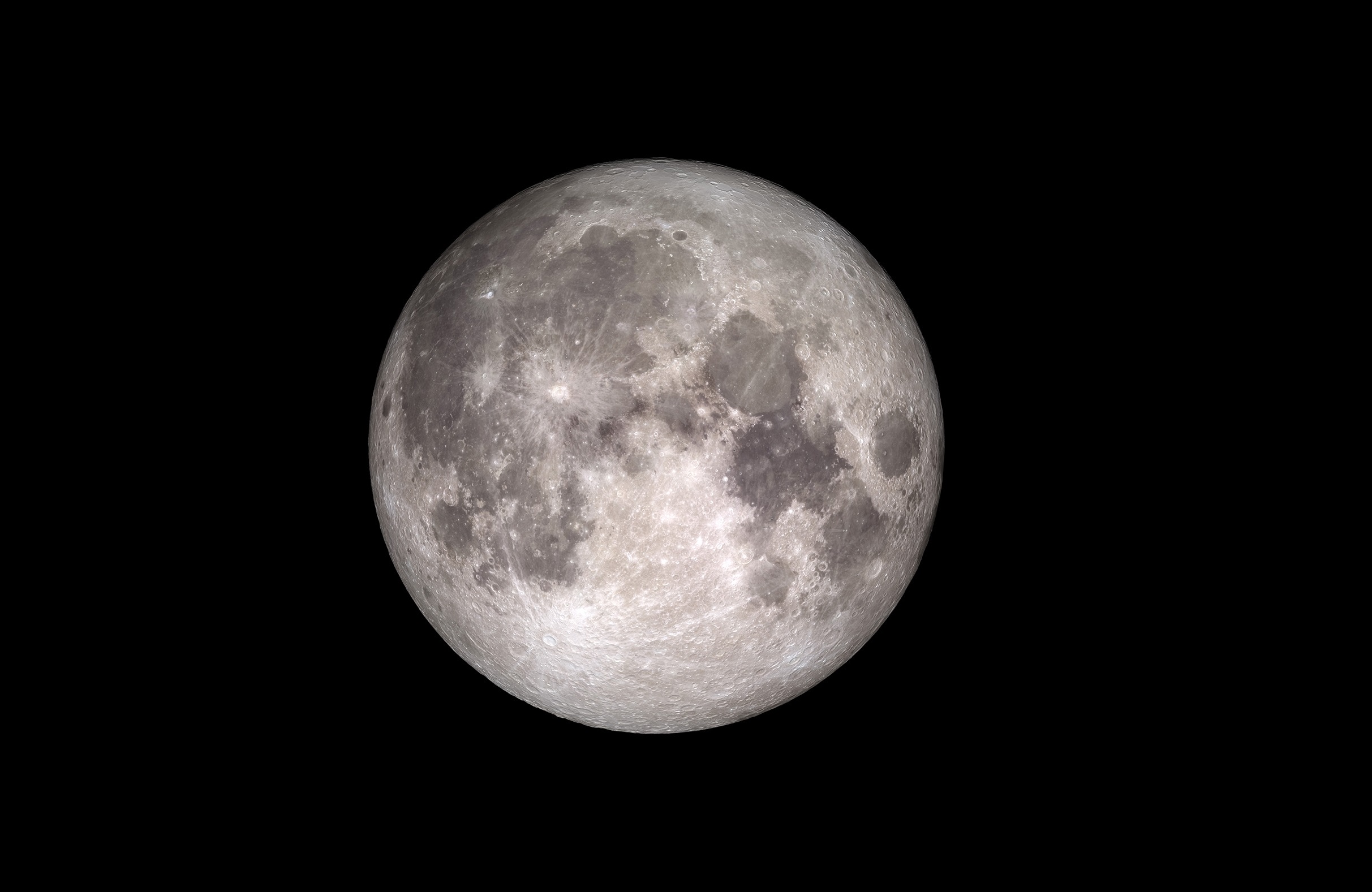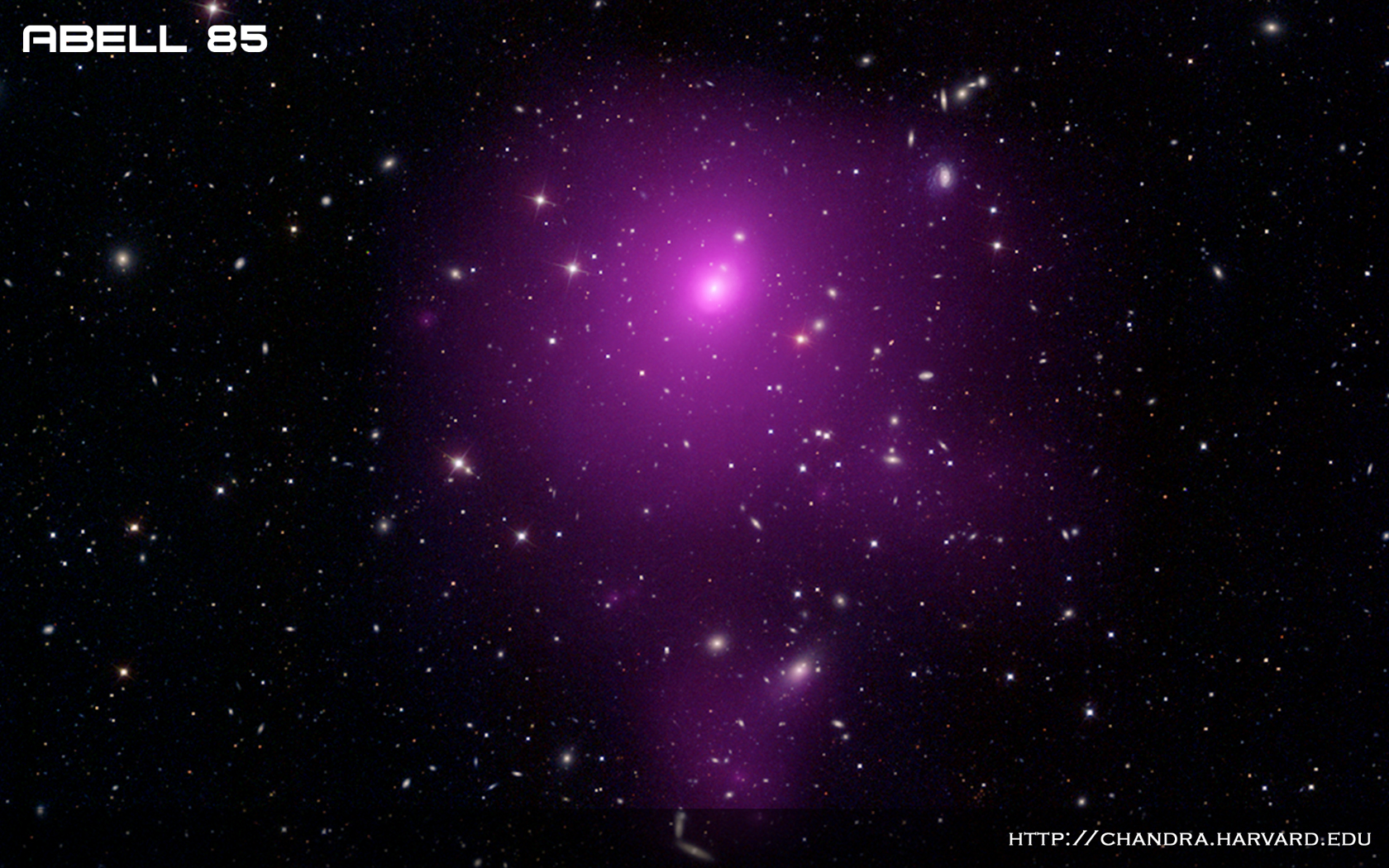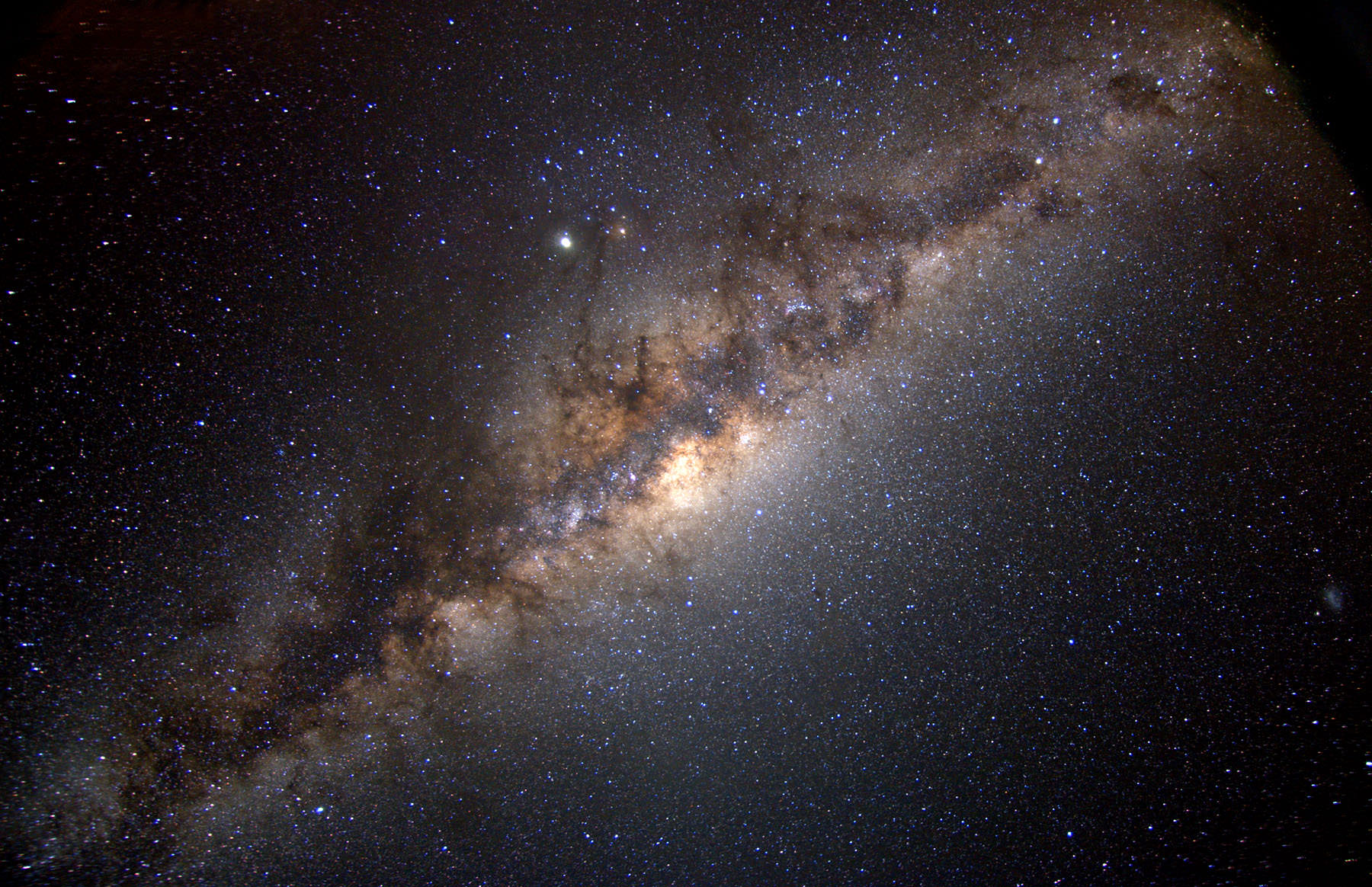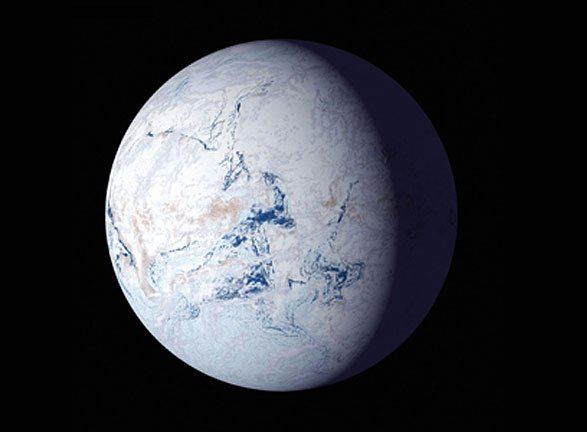The eerie, hellish glow coming from the Moon may seem unreal in this image, since it’s invisible to our eyes. But instruments that detect gamma rays tell us it’s real. More than just a grainy, red picture, it’s a vivid reminder that there’s more going on than meets human eyes.
It’s also a reminder that any humans that visit the Moon need to be protected from this high-energy radiation.
Continue reading “When it Comes to Gamma Radiation, the Moon is Actually Brighter Than the Sun”
